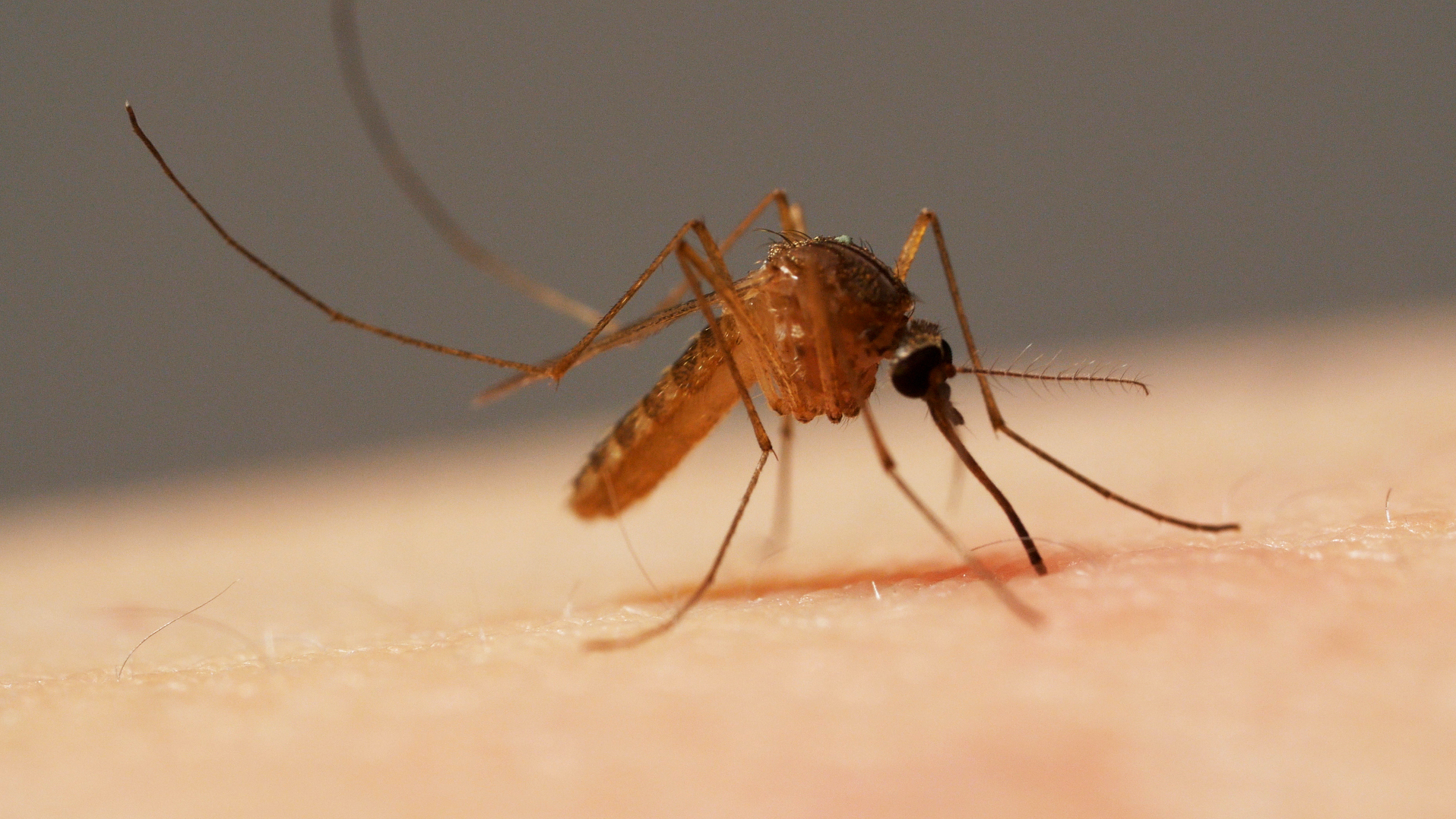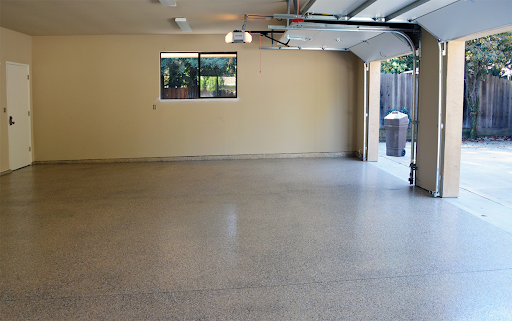It began with a faint scratching in the wall just after sunset. Then came the mysterious trail of crumbs along the baseboards. By the time the flicker of movement caught the corner of the homeowner’s eye, the damage had already begun. What seemed like a minor nuisance was a full-fledged pest operation in progress—strategically, quietly, and entirely out of sight.
This is the reality of modern pest behavior: stealthy, resourceful, and deeply embedded. Unlike the exaggerated invasions seen in cartoons, real-life infestations are rarely obvious until they’ve spread across multiple areas of a home or property. That’s why education and proactive strategies matter more than ever.
The Strategic Mind of a Pest
Insects and rodents may not operate with intelligence as we understand it, but they follow biological programming that is astonishingly effective. Termites, for example, don’t just stumble across wooden support beams. They follow moisture trails, chemical cues, and even temperature gradients to find the most vulnerable areas. A colony can work nonstop, day and night, with no visible warning signs until structural damage is already underway.
That’s what makes termite control one of the most critical aspects of home maintenance in pest-prone regions. By the time signs are visible—like warped floors or hollow-sounding wood—the infestation is typically extensive.
Breeding Grounds in Plain Sight
It’s easy to assume that pests thrive in “dirty” homes, but that’s a misconception. Many well-maintained properties offer the perfect environments for breeding without the homeowner ever realizing it. Damp mulch near the foundation, shaded eaves, and cluttered sheds are all ideal breeding sites.
Mosquitoes, for instance, need only a bottle cap of stagnant water to reproduce. This is why mosquito control requires much more than bug spray—it demands an understanding of the insect’s full lifecycle, from eggs to adults.
Meanwhile, lawn and ornamental areas, often well-watered and full of rich vegetation, can attract aphids, beetles, ants, and other garden pests. These insects not only damage plant life but can migrate into the home in search of food and shelter.
The Rodent Highway Network
One of the most sophisticated elements of pest behavior is how rodents use the architecture of homes against their owners. They treat attics, crawl spaces, and wall voids as interconnected highways. Electrical wiring becomes a trail; insulation becomes bedding. These creatures need only a small gap—less than an inch—to enter, and once inside, they map the property quickly.
What makes rodent control particularly challenging is that you’re rarely dealing with a single intruder. Mice and rats operate in social units. They communicate using pheromones and vocalizations. They remember paths, feeding zones, and even avoid areas where fellow rodents have been harmed. Control requires more than traps—it requires interrupting their access, food sources, and nesting comfort.
Beyond Bugs: The Structural Risks
While some pests cause health concerns, others pose serious financial threats. Termites, as already mentioned, silently destroy wood. Rodents chew through wires, increasing fire risk. Carpenter ants can also tunnel through wood, while cockroaches spread allergens that worsen asthma symptoms in children.
Pest Solutions Plus understands that these issues go beyond surface-level annoyances. Integrated solutions are necessary—not just to exterminate but to reinforce the home’s defense mechanisms.
In some cases, fumigation becomes a necessary step, especially when infestations are unreachable by surface-level treatments. This is particularly relevant in multi-story homes or when pests are deeply embedded in crawl spaces or behind drywall.
Missteps That Invite Trouble
Many homeowners, in their effort to maintain cleanliness, accidentally encourage infestations. Mulch piled too close to the home, improperly stored firewood, and even the wrong type of outdoor lighting can draw pests near.
Likewise, inconsistently sealed windows, missing door sweeps, or unsecured vents act like welcome mats. These are easily overlooked during home improvement projects but play a major role in pest prevention. Strategic placement of termite stations and pest barriers can significantly reduce the risk of infestation before it begins.
The Role of Routine Maintenance
Effective pest prevention is less about isolated actions and more about consistent habits. Seasonal inspections, routine trimming of vegetation, and monitoring for signs of droppings or chew marks are all part of maintaining a pest-aware home.
But this also includes monitoring the health of lawns and gardens. When lawn & shrub zones are over-fertilized or left unchecked, they become appealing to both insects and rodents. Proper aeration, pest-resistant plants, and moisture control work together to keep these spaces beautiful and safe.
A Future of Smart Prevention
Technology is also changing the face of pest control. Digital sensors, automated traps, and infrared inspections are becoming more common. These tools help detect early signs of movement or heat signatures, especially in areas people rarely check.
But despite these advances, awareness and observation remain essential. Understanding how pests behave—what draws them in, how they spread, and where they hide—gives property owners the power to respond effectively and early.
Small Changes, Big Impact
You don’t need a full renovation to prevent pests. Often, small adjustments go a long way:
- Elevate and secure pet food bowls
- Keep exterior lighting to a minimum or switch to yellow bug-reducing bulbs
- Seal food tightly in plastic or glass containers
- Remove standing water weekly from birdbaths, pots, and toys
- Install screens over vents and chimneys
These actions, while simple, align directly with the behaviors pests rely on for survival. Remove the comforts, and they’ll look elsewhere.
The Final Word
Pests don’t arrive with warning signs or fanfare. They operate in the margins, taking advantage of gaps in our habits and structures. From the tiniest ant to the most persistent rodent, every pest uses our environments more cleverly than we often realize.
That’s why the role of prevention and strategic intervention is so important. Companies like Pest Solutions Plus provide insight and structure, helping property owners close the gaps before pests can make themselves at home.
Understanding their world—how they think, move, and multiply—is the first step toward protecting your own.









